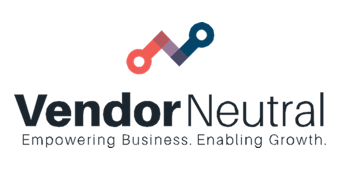
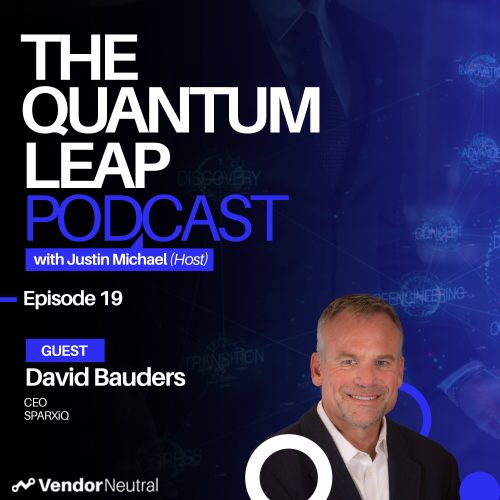

The Future of Sales Training | Skills, Competencies, and Behaviors that Help Modern Sellers to Support a Modern Buyer
Episode 19 -
David Bauders
CEO, SPARXiQ
Read Full Transcript
The Future of Sales Training | The Skills, Competencies, and Behaviors that Help Modern Sellers to Support a Modern Buyer
To meet the modern buyer, we have to understand who the buyer is, who the personas are, what their buying processes are, and then align our sales process and thus our sales competencies to that buying process How do we develop sales training to get skill-based training, retention and behavioral change in this modern world where there are so many distractions? Listen as David Bauders, CEO of SPARXiQ shares insights into the future of sales training and developing salespeople that outperform other sellers in the marketplace.
Justin Michael Welcome back to Vendor Neutral in the Neutral Zone, Quantum Leap, and Justin Michael and I am your host. I’m joined by David Bauders, who is the CEO of SPARXiQ. Welcome, David.
David Bauders Glad to be here today, Justin.
Justin Michael Yeah, I’m really excited to talk with you. I think you’re someone that really understands technology enablement and the future where the enterprise is going. I know you’re very humble about that, but yeah, I’d love to just kick it off with what SPARXiQ and what inspired you to create that around these themes?
David Bauders So SPARXiQ. is really two types of companies that fuzed together, converged together into sales effectiveness, profitability, acceleration, topics like that. So at our core, we’re an analytics company. We master complex transactional analytics to help sales team sell more to help pricing teams to maximize or optimize pricing performance. We also helped to measure and drive increased profitability at the net profit level for sales teams with the analytics that help them understand how and where they create or destroy profitability in their business. And then we also help companies to basically to target new business that will be disproportionately profitable and sticky and to grow share of wallet with their existing customers. So that’s the analytics side of our business. Then we have a sales effectiveness, talent selection, and development side of our business, which is really focused on the skills and the people side of all those opportunities that I talked about. So we provide Netflix style sales training, short-form video produced using Hollywood techniques that is buyer-centric, that is available on-demand, and helps the modern seller to meet the modern buyer with the skill set, the competencies they need to be successful. We also have talent analytics to help sales teams make sure that they have the best people in the right seats on the bus and that they’re able to predictably outperform other sales teams in the marketplace. So those are kind of the core offerings that we have, and there’s a lot more to it than that. That’s basically the analytics and the skills and talent resources to help companies sell more, make more money, and to outperform the competition.
Justin Michael I love that conceptually because it takes us to these interesting conversations, right? One of the things we’ve been chatting about is the concept of Moneyball for sales. And people are familiar with the book, whether you look at it as like a twenty-three and me for sales, like the DNA of the seller providing tests for salespeople, you’ve kind of highlighted some of these approaches. You said the Netflix for sellers or virtual gym. Can you take us into this conceptually? How would folks listening do this?
David Bauders For the best way of understanding it, I like the idea of Moneyball for sales because it implies that there are certain measurable attributes of performance, even measurable attributes of seller DNA that can predictably produce outperforming teams in the marketplace. And that is we have assessments that really within our product, we call it talent GPS. It really is, how do we identify the hard wiring traits of sales reps, depending on the role that they’re in, the industry that they’re in, that shows statistically they will outperform if trained and managed effectively, coached effectively. They will outperform other sellers in the marketplace, so just like sports teams, leverage advanced analytics when they draft players, when they spot free agency opportunities in the marketplace, being able to master the analytics, of who will outperform and why, and to have, we have a database of over two million sales reps who have taken the instrument we’re able to correlate what are the belief systems, the attitudes, the hard wiring of sales reps. And then the other side of it is what competencies do they have that they’ve learned? So some of it is innate in some of it is really about how have they been trained? How effectively if they applied certain competencies in the marketplace? How have they mastered them? And so we can assess both the innate part of it as well as the learned part. But it’s critical. If you think about sports, there’s no sports team today that’s trying to make important decisions about talent without using analytics, usually hiring data scientists, people like that, to help them make sense of the complexities of the world they’re trying to understand. So that’s really what we’re doing for the sales field, is helping people make smart bets, the outproduce in terms of ROI.
Justin Michael I love that explanation. I’m a big fan of the movie and the theory, and I think you get gifted humans and you put them in the right positions on a team and you design the system in a new way. A lot in sales has been the same for 20 years. The exact acronym, the exact descriptions. And I think there’s a lot of variation. It’s possible to improve the supply chain, to break the supply chain out of the silos. We’ve talked about the new learning paradigm for modern sellers to serve modern buyers. Curious, like what are some core skills, competencies, behaviors that help modern sellers to support a modern buyer?
David Bauders The North Star, for all of this buyer centricity. So the rule is that sellers don’t sell more because they try to sell more. Sellers sell more because buyers buy more. And so in order to meet the modern buyer in a modern way, we have to understand who the buyer is, who the personas are, what their buying processes are, and then align our sales process and thus our sales competencies to that buyers buying process. So the question is, can we articulate what the business value to a buyer is of working with our team? How do our capabilities support a better business outcome? Which is business acumen at a very basic level. Do our sellers really understand the businesses, the business models of the various customers they serve? And if they don’t understand that, then they’re predictably not going to be able to identify why a customer should buy them. Why is it important to buy now? Why is it important to buy from them specifically? And so that’s just one example. But modern sellers need to meet the modern buyer where they are. And those are the things that Gartner and Forrester revealing over and over again. Buyers are frustrated because sellers don’t really understand the business that the buyers is in, therefore they can’t connect to the value and the change in business outcomes that create a compelling reason to buy. And that’s why there’s so many no decisions today. That’s why there are so many stalled deals, stalled pipeline, is because there is no compelling business reason for change.
Justin Michael Yeah, so there’s something really interesting going on. People talk about the short attention span of the human. The brain is forty thousand years old by science in this iteration, that hasn’t changed. So the brain is not changed from Abe Lincoln in a log cabin until now. Now there is video advertising, so it’s advantageous for all the platforms to serve ads very quickly. There’s two hundred and fifty notifications a day and the minute you read one thing, you’re pinging to the next, you know, like a hummingbird or a pigeon, but you have a Netflix model. We know that millennials GenZ. I mean, they’re binge-watching these shows like Queen’s Gambit. And so you’ve created this for sales. How do we do behavioral change, dynamic, static, like how do we train people and get skill-based training, retention, and behavioral change in this modern world where there’s so many distractions? And I’m sure you could talk about this subject for two hours, maybe two days.
David Bauders Just in a concise way. What I’d say is we’ve gotten spoiled as consumers, right? Every time we go on our Apple TV or whatever platform we use, we’re exposed to a whole new set of channels and streams that are out there that engage us, that entertain us, that inform us. And in the world of consumer entertainment and consumer lats just say production content, we’re spoiled. The diversity of options is amazing. The production values are high. Even on YouTube, the production value is extremely high, self-produced content in many cases. What’s happened in the corporate training world is we’ve discovered during COVID there’s a major gap between what people experience in their consumer life and what they experience in their corporate sales training world. So the historical model would be you go to a hotel or conference room, you have death by PowerPoint presentation, which goes in one ear and out the other. You’re usually, by the time you’re on the ride home, will have forgotten 90 percent of what went in the ear in the first place. It’s not retentive as they say, so basically, there’s that issue. We also learned during the pandemic that people have Zoom fatigue. So people are on a carnival ride of Zoom meetings hour after hour, day after day. You can’t ask them to show up for yet another four hours Zoom meeting for their sales training. So what we’re discovering is between the forgetting curve and the new modern consumer models for what we consume, people want shorter form, more impactful, easy on-demand access, and they want it to have the same engagement value because they find on social or they find Netflix and other platforms. So the question is, why can’t sales training have those things? And the reason is you can but it’s really hard. You have to first focus on topics that matter, that if mastered, will actually move the economic needle. Sadly, most sales training is just in case and not. There’s no economic imperative for somebody learning it. The salespeople are rightly asking, why should I interrupt my day selling to learn things where I can’t make any clear connection to how I’m going to be better as a salesperson? So it starts with start selecting content that matters if mastered, will produce a different outcome. The second is you have to build rigorous instructional design behind it. Just because you know what that competency is, does not mean that you will be able to teach it to people successfully. So instructional design is one of those layers of sales training that’s often neglected. People think if you just show up with the ideas and tell people the ideas, that they’ll learn the ideas. Nothing could be further from the truth. So rigorous instructional design, having a true domain expert but that’s typically where even the best sales training stops. It stops with we design the course. We’re going to test you on it. We’re going to help you to make sure that you can answer quiz questions and then we’re going to hope and pray that when you leave that training session, you’re going to go out to your job and apply some of what you learned. We know that that’s really not true. Just because I answered all the questions on the test correctly does not mean I’m going to start doing those things when I go on my next sales call. So that has to be retentive by design. There have to be exercises that create active learning. We have to design for the downstream activities, the coaching, the sales management that will predictably make sure the salespeople have not only mastered the content but they’re applying it in their jobs. And that ultimately, we can see the line between what they were taught and how they behave when nobody’s watching. And the magic is if we can create content that is binge-worthy, that is, people naturally consume it faster than we ask them to. We can truly create a lifelong learning approach for salespeople. The problem is, historically, it has not been binge-worthy, it’s been cringeworthy. It was worthy of people not wanting to do the work, not wanting to complete their assignments, not wanting to master it, all of those characteristics. So we think Hollywood can teach us a lot about how to create engagement and so we’ve really obsessed about what does it feel like to be in one of our training courses? Can feel as rich and immersive as your favorite streaming shows? And that’s where we push for that extra mile to make sure that any time somebody watches some of our training, they’re not only learning something important, but they’re having such a good experience doing it that they want to learn more. And the more you know, the more you make. At the end of the day, it’s this is a human capital economy that we live in. And if you’re not investing in your own development, you’re not going to be as valuable in the marketplace. You may even become obsolete.
Justin Michael Very well put. I really like going from cringeworthy to binge-worthy. That’s a good slogan. You had many good slogans in there. I want to talk about crowdsourcing knowledge. It’s crazy to these MOOCs, these massive online courses that didn’t really do that well and maybe you can comment on why. The crowdsourcing of knowledge, peer-to-peer learning at scale, ways to adapt and amplify the learnings that come from a curriculum that you’ve developed. And it sounds like you’re doing a lot with crowdsourcing Hollywood level content, like the quality of that content, how it’s ingested gets people to want to work with you. There’s tech factors going into how you built this. I just want to dig a little deeper into the crowdsourced knowledge piece.
David Bauders So maybe it’ll be helpful to clarify, what do we mean by crowdsourcing? What we mean by crowdsourcing is the old model of, let’s say, sales training was you had a sales training department. You may have had some former sales leaders, successful salespeople. Their job was to try to figure out what is the content? What are the competencies that will help a salesperson to be successful? And so that process, because it was hierarchical, it started with the person at the top trying to figure out all the needs, the diverse needs of different salespeople was intrinsically limited. A single person can only produce so much content for twenty-four hour period or a fifty-two week period. And so the great insight, the crowdsourcing from a content perspective, is that if most content consumers are also content producers, then one of the key constraints on content production starts to go away. So you can compare, for example, the amount of content on YouTube to the amount of content that’s on Netflix. And even though they’re very different types of content, we all know that YouTube, broadly speaking, doesn’t ever produce content because they have facilitated the production content. They are in many ways a superior source of content, not necessarily always in quality, but in relevance and authenticity in several other dimensions. Crowdsourcing of content is a superior approach to developing very broad and adaptive types of training for people. The sales team is always going to know more about how to adapt the training that’s provided to them than the training department will know. And so the real question is, how do we get the salespeople with all their intimate knowledge, their high-resolution view of the marketplace to share those insights peer to peer so that one person’s knowledge isn’t stuck in their head, it gets shared across the enterprise. So that’s the big amplification effect that you see from the crowdsourcing of knowledge.
Justin Michael I think if some like really ancient axioms, like those who can’t do teach and you have almost this strange paradigm where folks that haven’t been in the field and done selling for 20 years are kind of in the ivory tower teaching selling. However, I’ve come to believe that it’s a combination of both an art and science. There are a lot of philosophies. There’s work coming out of analysts and pundits and scholars that it’s actually really exciting to read it. If you’re a doer and a practitioner in a trench and you read about it and you apply it, I mean, it gives good it’s a good mirror. So I’ve actually I’ve kind of utilized it all and I find it all to be really exciting. Some folks, they just can’t, they don’t like to read a lot and they want to do Audible’s or they want to watch so there’s like different learning styles, I feel. And there’s like nine levels of intelligence. Some people are kinesthetic and some people are visual auditory. So as a person creating content that’s going to stick and create behavioral change. The reason I ask it is as many people listening have an enablement team. They’re trying to do e-learning in remote. They’re trying to look at platforms like SPARXIQ. So what are some of the secrets you found to kind of enable them to train teams, to train different generations? Like it’s just a font of knowledge on the subject.
David Bauders It’s a tricky topic because in some ways you can’t please everybody. And so, for example, one of the things we’ve learned is that comedy can be a very effective way, a very effective device for helping people to relax when their minds are more relaxed and more receptive to learning. However, comedy is a very hit or miss approach to, let’s say, creating engaging content because what one person finds hilarious, another person is absurd or ridiculous. And so, for example, drama vs. comedy is generally a safer bet. You’re going to be able to connect with more people. But still, as you mentioned, there are very different learning styles. It’s very different cognitive hardwiring that we all bring to the table. So you can’t necessarily please everybody. What you’re trying to do is please the greatest number of people you can. So you have to have a certain amount of versatility in the content, it has to appeal to, let’s say, a known range of learning, learning orientations if you will. But it’s some of the hardest magic to master in content production is really making it binge-worthy to whom? And when you know something is working well, it’s when the vast majority, 80, 90, almost 100 percent of people are still, regardless of whether exactly they’re clicking with it, they’re still consuming it faster than you ask them to. The great devil for sales enablement is, is we identify what we think the competencies are, but we struggle in our time pressured world, our distracted world to get salespeople to complete the training or to master the training, continuously engage with the training that we provide. So a big part of it is can you provide something that’s quick, easy, impactful, and frankly enjoyable, something people look forward to turning off Zoom and watching the short video, 15 minutes, 18 minutes that will make them a better seller. So there’s no quick or easy answers. It’s a learning curve problem that takes you ten thousand hours of trying to create content, making mistakes, and coming back swinging to do.
Justin Michael So this is an exciting episode because we did our prep. And so, you know, I know a lot more about you than a lot of guests I start with, but it’s exciting. I’m talking to a CEO who’s created something from nothing, an entrepreneur, and what advice do you have for revenue leaders either for the times? These times will end, but really in the twenty-twenty’s because the show Quantum Leap is about the future of tech. And the problem is we start thinking of Elon Musk or singularity, and it’s just it’s too pie in the sky it’s so far out there like a hoverboard. What are the practical ways that we can embrace technology shifts these next two years that you’re looking at as a CEO of a company? Whether it’s the kind of people you’re hiring, the onboarding you’re doing, the tech platforms that you’re either purchasing or consolidating, or just advising a lot of the revenue leaders listening to the podcast on how to do this more effectively, how you’re navigating tumultuous times.
David Bauders Yeah, I think the most important thing to understand is that buyers are changing and we know that buyers are changing. There’s more self-service by buyers. They do more and more of their research. More and more of their alternative shopping before they even talk to the seller. So when they engage so late in the buying process, the types of conversations they want to have are different today than they were twenty-four months ago. For example, COVID has radically shifted the marketplace from being face-to-face to being virtual. So a lot of the transformations that were already underway, of course, got compressed during COVID they’re unlikely to backslide to the old ways of doing things. The genie is out of the bottle if you will. So the real question today is, what does the buyer expect of our sellers today that they didn’t expect 12 months or twenty-four months ago? How do we find that out? How do we do the persona research? How do we find the buyer grounded North Star that helps us to identify what are the competencies our sales team must master if they are to connect with the buyer, serve the buyer in the ways that they’ve changed? And to make, to be able to have an unfair position in the marketplace. So there’s a lot of technical questions that go with that. Not only do you have the right training platform for people to not only ingest content but also to become producers of content. So we have a platform called Empower, which is developed in partnership with Allego, whose purpose is to help create that YouTube type of experience where every seller can become a producer of short-form videos that help to disseminate knowledge across the organization, enable, accelerate peer-to-peer learning, and to provide that. So there’s a deep technology involved in that. How do you effectively create video? How do you effectively coach to video? How do you effectively, prescriptively feed that content through channels to your sales team? So that’s kind of a technical question, but it starts with the orientation that the crowd knows a lot. There’s also the danger, which I didn’t talk about earlier, of the blind leading the blind. So crowdsourcing is a very powerful force, but unchecked, it can create a lot of where let’s say, unguided or unmanaged, some terrible sales practices could go viral. So you can imagine certain types of training that are not terribly buyer-centric, that are selfish, and let’s say old school. If you unleash a crowd of people to start telling you what works and their opinion in the marketplace, and you don’t have any take on what is your sales process, what are the sales competencies that we need to show? What are the things, the way we do things here? Then the crowd can lead you in a bad direction. So it’s a powerful force, but it needs, you need to have a take on where does this all lead to? And you probably need somebody who helps to moderate that content so that it doesn’t take you down a bunch of rat holes that aren’t conducive to revenue growth.
Justin Michael Very fascinating. What do you think of RevOps? This is this huge new word that people are hearing about revenue operations. We’ve had sales ops, marketing operations, data operations, ROps, SOps, MOps people are calling it. And it’s like this whole esoteric thing that no one knows about but basically what’s happened is you’ve got so many techstacks there has to be a person that’s like whole job is to make the techstacks talk and figure out the reporting. It’s just it’s too complicated to deal with all the vendors, evaluate all vendors is like a whole division. Now, how do you deal with this internally? I would say you’re a high TQ CEO, you’re probably closer to this stuff than many. How do you deal with revenue operations? Have you carved it off as a different division or is it kind of baked into what people are already doing?
David Bauders Well, I think the most important thing to understand about revenue apps is basically that it’s a bigger idea. It’s a bigger system, let’s say than the sales ops. So when we think about revenue, we’re thinking further upstream into the where does demand gen come from? How do we accelerate demand gen? Are we thinking downstream from sales into the life cycle of the customer things like that? What happens with the customer after they say yes. And so it’s really just an expansion of the definition of the system. It’s obvious as you make something bigger and more complex. It becomes harder for a single individual to master. It also becomes harder for teams to master. So I think it’s really just an evolution of our understanding of the marketplace and how buyers buy and how we need to meet them, where they are to get the things they need to buy. In terms of our own company, we have actually integrated that activity so that we have a single individual whose job it is to understand the full lifecycle, if you will, of revenue operations. So we’re probably lucky in the sense that we have marketplaces that are relatively homogeneous, that we serve where we can apply more or less a single template to how to do that. But I think for every company, you may or may not decide to centralize it, but you need to have a holistic view of where revenue comes from if you don’t want to leave the sales team high and dry, just focusing on conversions.
Justin Michael Just a couple of minutes left here. What inspires you, like where do you really go for insight? You mentioned that Gardner Forrester, the analyst layer, but where is innovation coming for you? Like books, blogs, people? I mean, any sources that you can point out that are inspiring you?
David Bauders I spent a lot of time in business, so frankly, I don’t get a lot of inspiration from business because it’s, you know I’m around it all the time. There is a lot of good innovative thinking going on in business, but I find some of the most important insights come from outside of business. So in the arts, for example, even in symphonic music, for example, how are symphonies around the United States dealing with COVID and how are they adapting their business models to be, let’s say, more relevant and successful in these times? I look to sports. I look to fields where there is a fairly ruthless competition for success, where it’s a winner take all type of situation. A lot of what you need to learn about improving and innovating in business needs to happen outside of the business space because the business space is very predictable. It’s very tense. It’s sort of like in certain sports there is a cycle of how we play the game and over time that cycle kind of exhausts itself and then a new one comes along. But if you want to spot where that new one is going to come from, you sometimes have to look outside of your sport. So now in football, for example, you’re seeing quarterbacks who play more like basketball players. And you see this has been observed over and over again with the Mahomes, a basketball player who went into football. And as you look around these domains a lot of times the most interesting insights come from outside the domain. And so if you’re not paying attention, not curious about what’s working, what’s not working in other fields, you’re probably below where you need to be in terms of innovation.
Justin Michael That’s a great place. That’s a Quantum Leap moment right there. I love that insight. Look outside the silo, look outside your industry, look outside of business whatsoever, inspiration in all forms. Well, David Bauders, very excited to interview you. I’d love to have you back on the show. Really excited about what you’re doing as the CEO of SPARXiQ and any websites or blogs a place you want to point the listeners?
David Bauders The easiest place to find us is our website, SPARXiQ dot com. You can find me, David Bauders LinkedIn B A U D E R S and glad to be here today. I look forward to our next conversation.
Justin Michael Thanks again.
David Bauders Thank you.
About our Guest:
David Bauders’ singular goal is to help his clients sustainably create and capture higher economic value. After beginning his career at IBM and Booz & Company, in 1993 David launched SPA (Strategic Pricing Associates, Inc.). Since that time, SPA has generated $100+ Billion of profitable growth for over six hundred organizations, including twenty-five Fortune 500 companies, and is a leading provider of profit-maximizing analytics.
David also recognized a consistently growing skills gap in sales forces’ ability to navigate evolving buyer practices in today’s disruptive digital economy: core selling skills, negotiation skills, financial acumen, strategic client-relationship building, and emotional intelligence. In 2015, he established a second company, SPASIGMA, to fill that gap, as well as distributed sales teams’ need to access virtual sales training and sales enablement support. Uniquely, SPASIGMA produces binge-worthy content in Hollywood, transforming expert content into today’s modern media formats.
In 2019, David merged both companies to create SPARXiQ. SPARXiQ provides integrated analytics and training solutions that accelerate sales performance, profitability, and long-term enterprise value.
To get started building your optimum sales technology stack, try our Sales Technology Selector. We’ll provide you with a customized report identifying the sales technology solutions that meet your needs. Already know the category of sales technology you need? Use our Certified Sales Technology profiles to find all the details you need to make a decision about which solution is the best sales technology for your organization.
Interested in hearing more Quantum Leap Podcast Episodes?
-
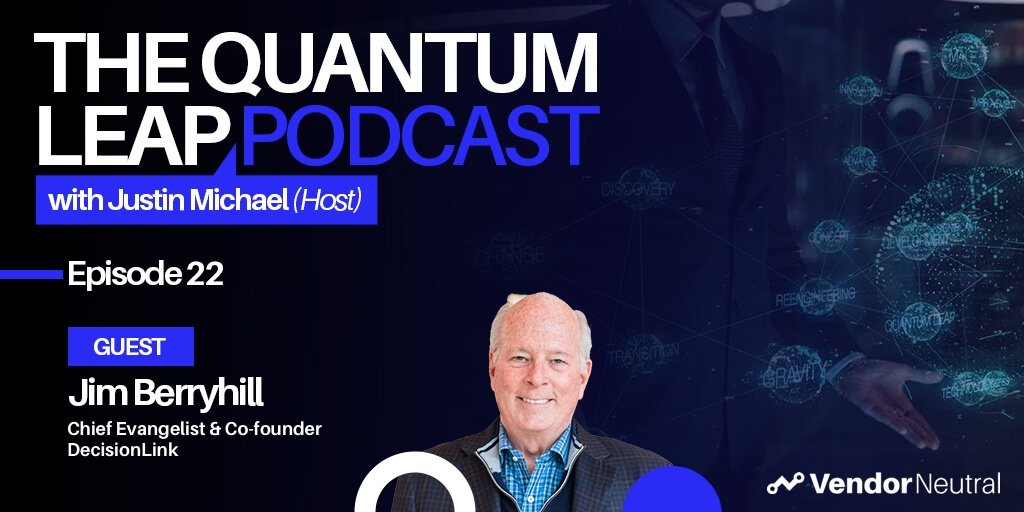 4 Opportunities For Massive Growth In Customer Value Management4 Opportunities For Massive Growth In Customer Value Management
4 Opportunities For Massive Growth In Customer Value Management4 Opportunities For Massive Growth In Customer Value Management -
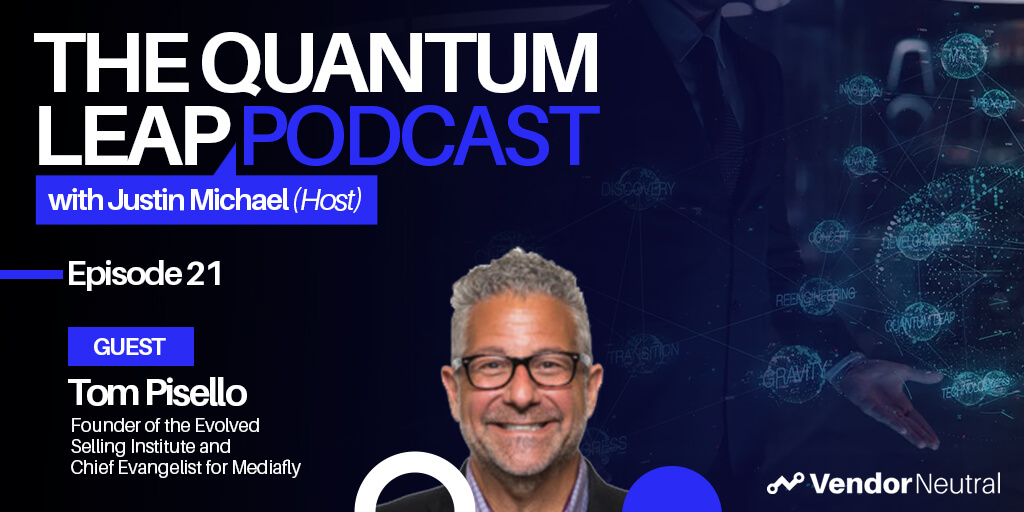 Closing the Customer Engagement Gap | Showing A Clear Case of ROIClosing the Customer Engagement Gap | Showing A Clear Case of ROI
Closing the Customer Engagement Gap | Showing A Clear Case of ROIClosing the Customer Engagement Gap | Showing A Clear Case of ROI -
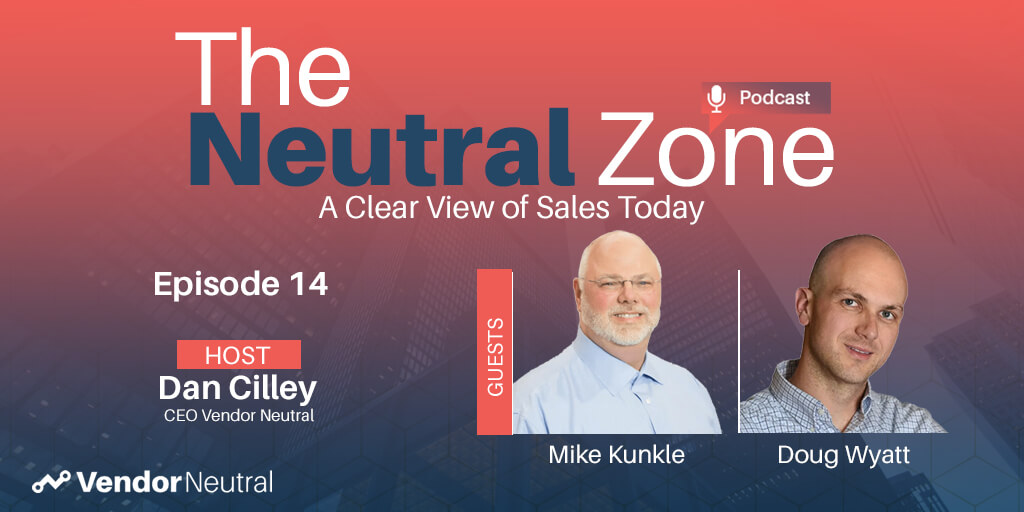 Buyer-Centric Selling | Modern Sales Foundations Virtual Sales TrainingBuyer-Centric Selling | Modern Sales Foundations Virtual Sales Training
Buyer-Centric Selling | Modern Sales Foundations Virtual Sales TrainingBuyer-Centric Selling | Modern Sales Foundations Virtual Sales Training -
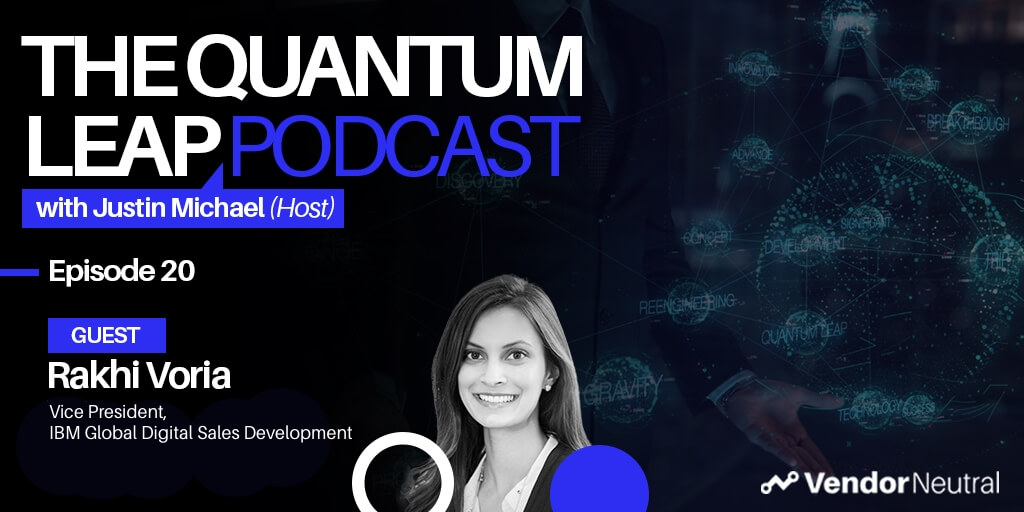 Biggest Trends in Digital TransformationBiggest Trends in Digital Transformation
Biggest Trends in Digital TransformationBiggest Trends in Digital Transformation -
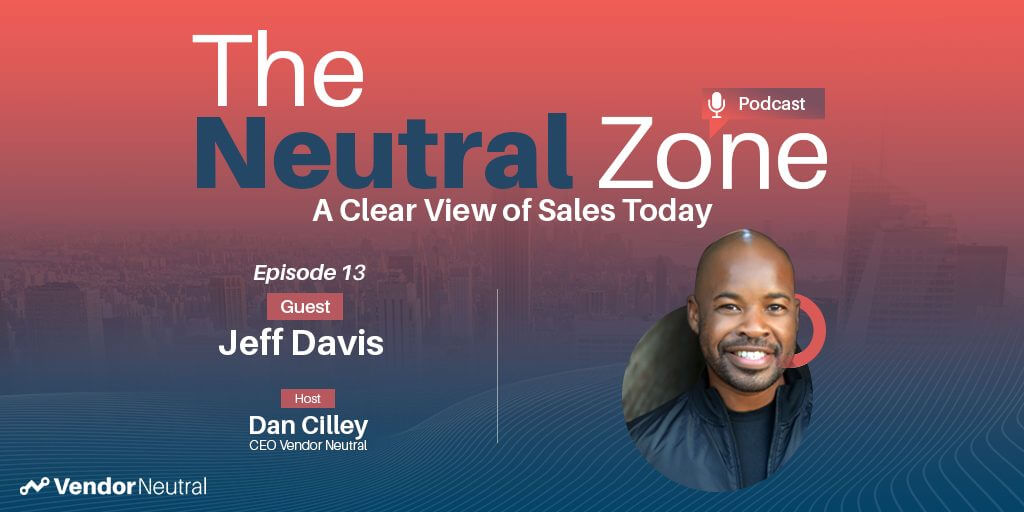 Focus on These 3 Things for Sales Technology AdoptionFocus on These 3 Things for Sales Technology Adoption
Focus on These 3 Things for Sales Technology AdoptionFocus on These 3 Things for Sales Technology Adoption -
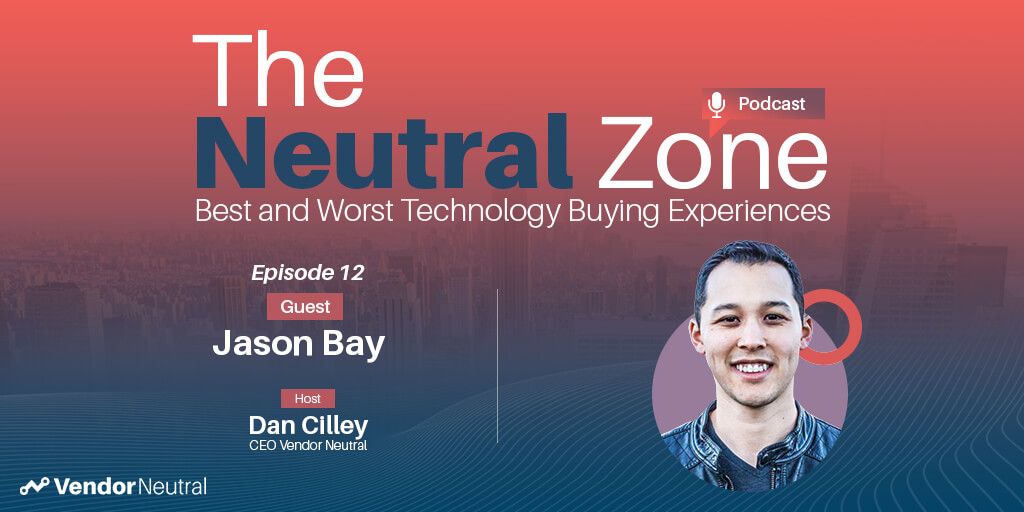 For Sales Technology Buyers A Customer Success Strategy is KeyFor Sales Technology Buyers A Customer Success Strategy is Key
For Sales Technology Buyers A Customer Success Strategy is KeyFor Sales Technology Buyers A Customer Success Strategy is Key -
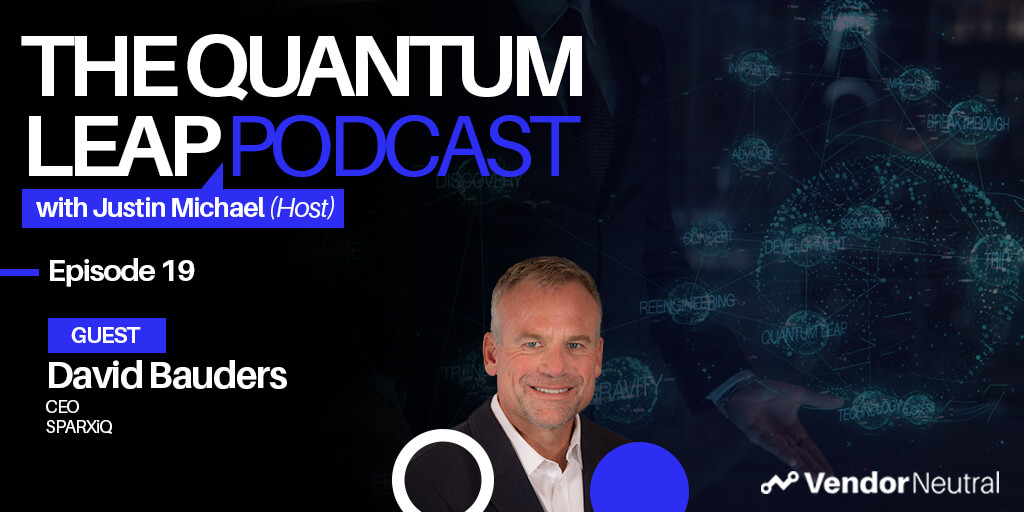 The Future of Sales TrainingThe Future of Sales Training
The Future of Sales TrainingThe Future of Sales Training -
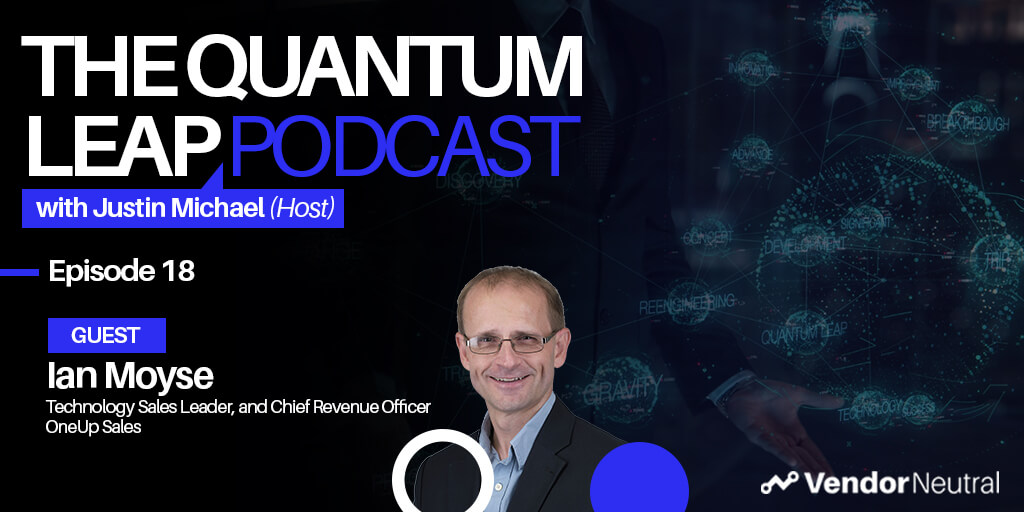 Sales Enablement to Generate Revenue in 2021 and BeyondSales Enablement to Generate Revenue in 2021 and Beyond
Sales Enablement to Generate Revenue in 2021 and BeyondSales Enablement to Generate Revenue in 2021 and Beyond -
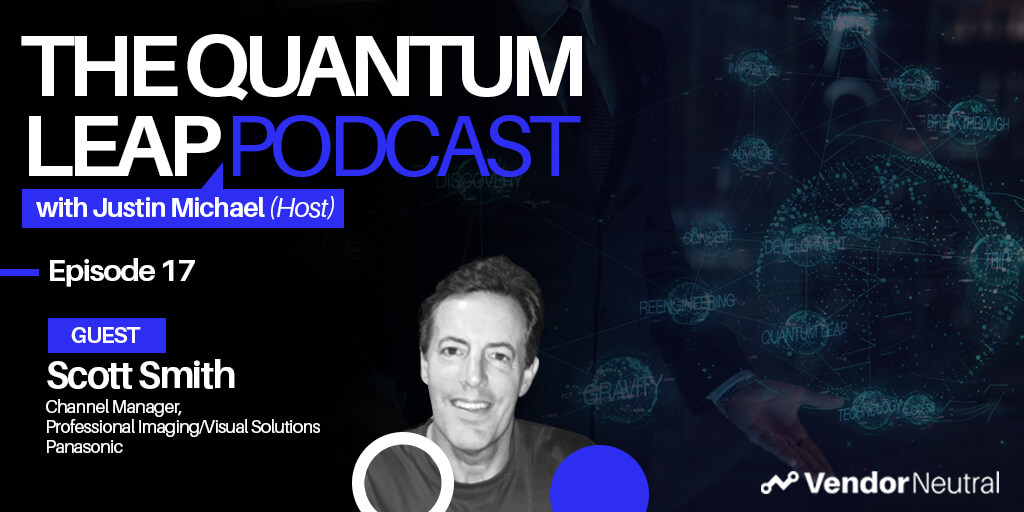 Leveraging Sales Technology in Enterprise Channel Sales | Start by identifying the problems you’re trying to solveLeveraging Sales Technology in Enterprise Channel Sales | Start by identifying the problems you’re trying to solve
Leveraging Sales Technology in Enterprise Channel Sales | Start by identifying the problems you’re trying to solveLeveraging Sales Technology in Enterprise Channel Sales | Start by identifying the problems you’re trying to solve -
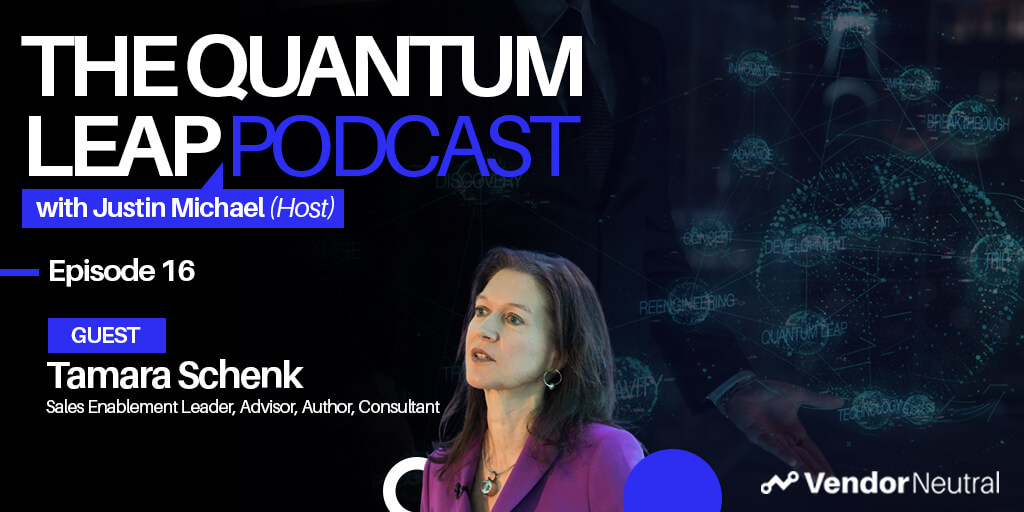 The One Question to Ask Before Sales Technology Implementation to Ensure the Success of Your Enablement InitiativeThe One Question to Ask Before Sales Technology Implementation to Ensure the Success of Your Enablement Initiative
The One Question to Ask Before Sales Technology Implementation to Ensure the Success of Your Enablement InitiativeThe One Question to Ask Before Sales Technology Implementation to Ensure the Success of Your Enablement Initiative -
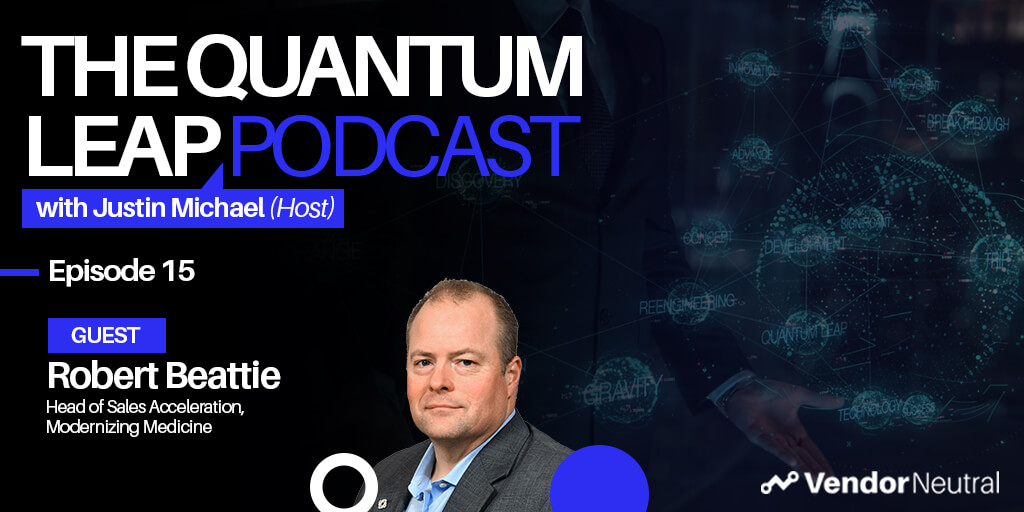 Digitally Enabled Enterprise Sales - Technology & Skills You'll Need in 2025Digitally Enabled Enterprise Sales - Technology & Skills You'll Need in 2025
Digitally Enabled Enterprise Sales - Technology & Skills You'll Need in 2025Digitally Enabled Enterprise Sales - Technology & Skills You'll Need in 2025 -
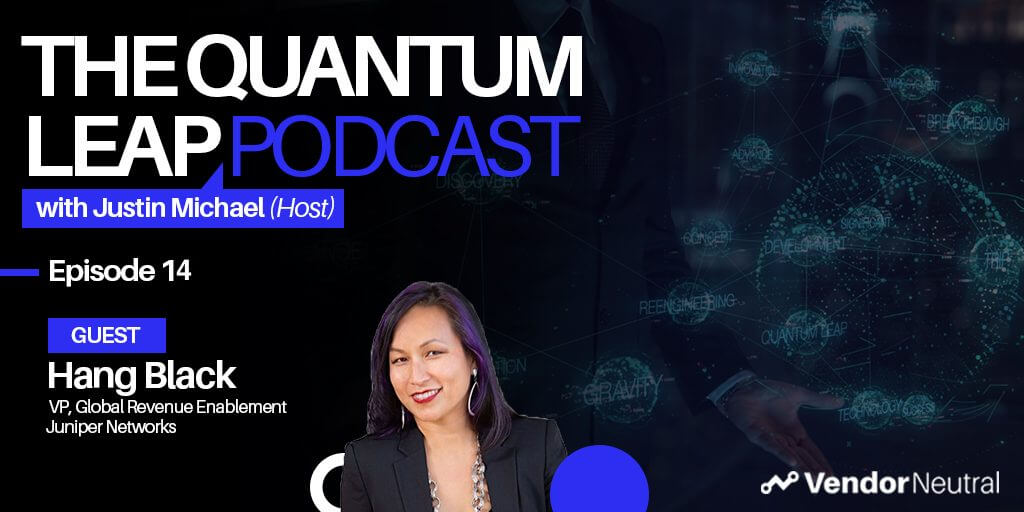 A Look Into The Future of Sales EnablementA Look Into The Future of Sales Enablement
A Look Into The Future of Sales EnablementA Look Into The Future of Sales Enablement -
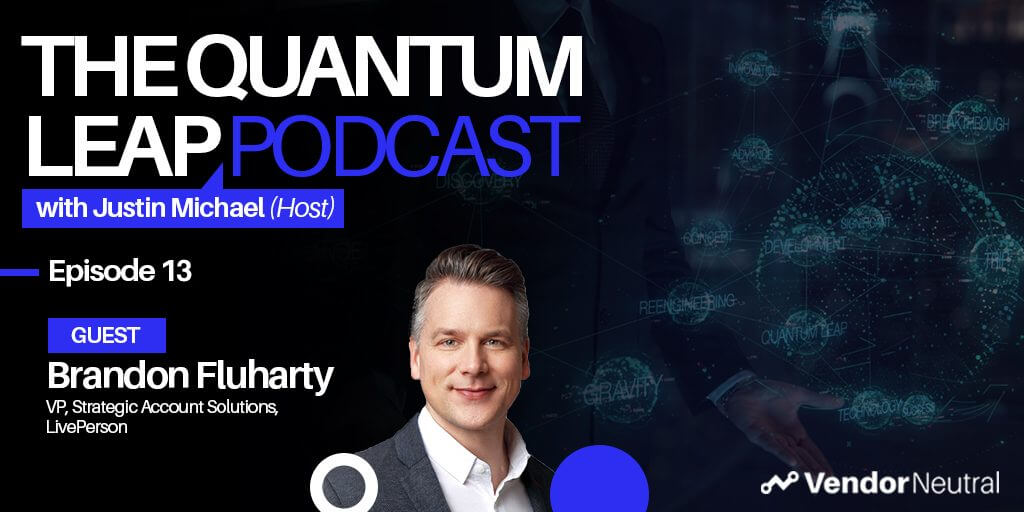 3 Ways Sales Technology will Shape the Future of Strategic Selling & Enterprise Sales3 Ways Sales Technology will Shape the Future of Strategic Selling & Enterprise Sales
3 Ways Sales Technology will Shape the Future of Strategic Selling & Enterprise Sales3 Ways Sales Technology will Shape the Future of Strategic Selling & Enterprise Sales -
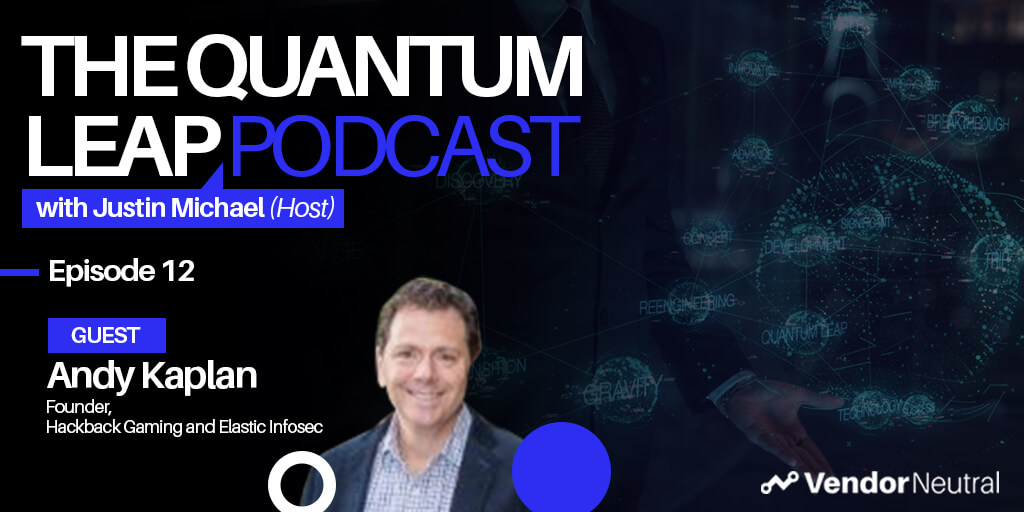 Future of Sales in the EnterpriseFuture of Sales in the Enterprise
Future of Sales in the EnterpriseFuture of Sales in the Enterprise -
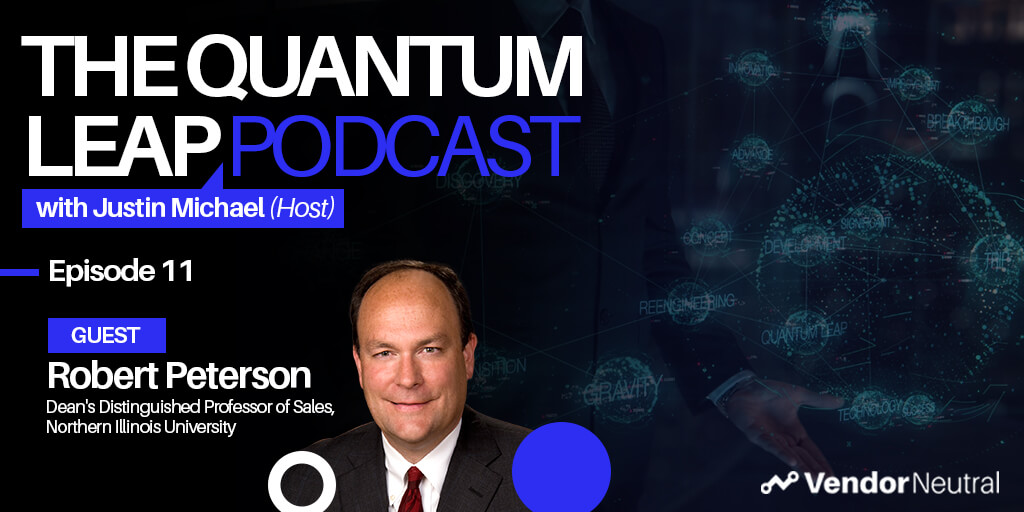 Developing the Revenue Leaders of TomorrowDeveloping the Revenue Leaders of Tomorrow
Developing the Revenue Leaders of TomorrowDeveloping the Revenue Leaders of Tomorrow -
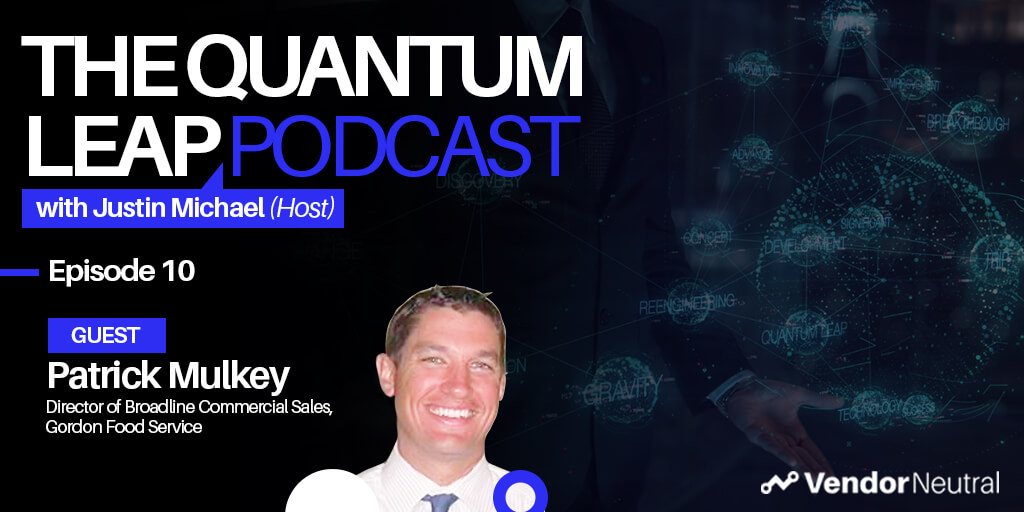 Evaluating and Updating Your Enterprise Sales Technology StackEvaluating and Updating Your Enterprise Sales Technology Stack
Evaluating and Updating Your Enterprise Sales Technology StackEvaluating and Updating Your Enterprise Sales Technology Stack -
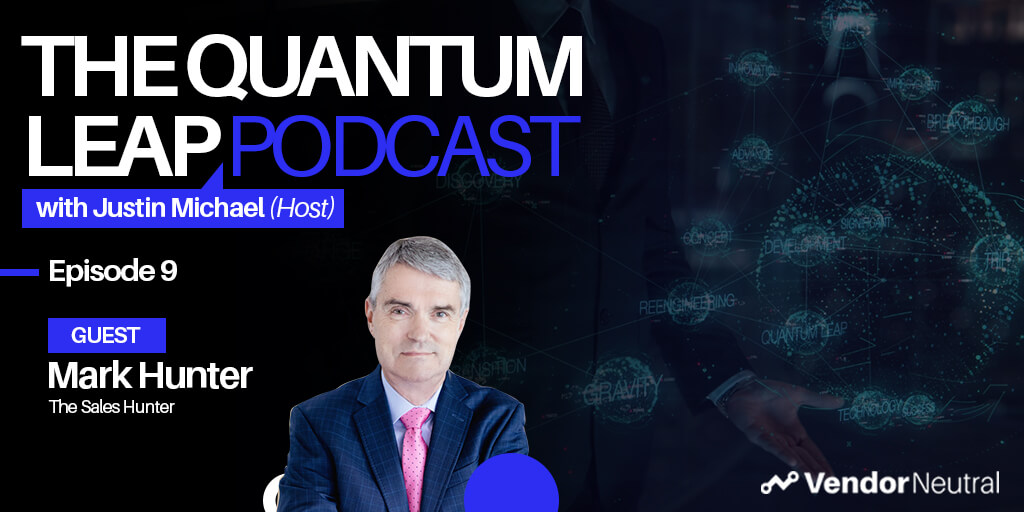 How-to Connect With Enterprise Buyers When Selling From HomeHow-to Connect With Enterprise Buyers When Selling From Home
How-to Connect With Enterprise Buyers When Selling From HomeHow-to Connect With Enterprise Buyers When Selling From Home -
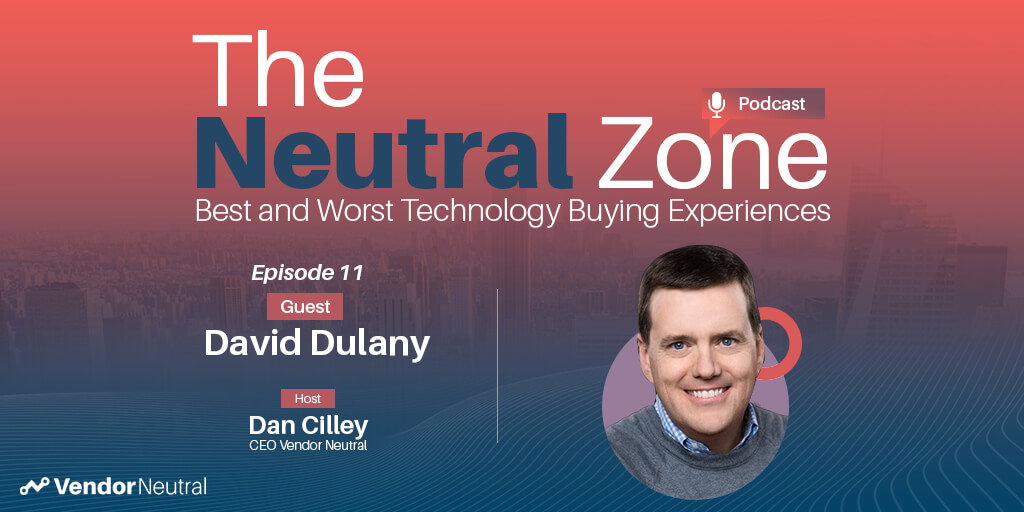 Is the Sales Technology Buying Process Over Engineered?Is the Sales Technology Buying Process Over Engineered?
Is the Sales Technology Buying Process Over Engineered?Is the Sales Technology Buying Process Over Engineered? -
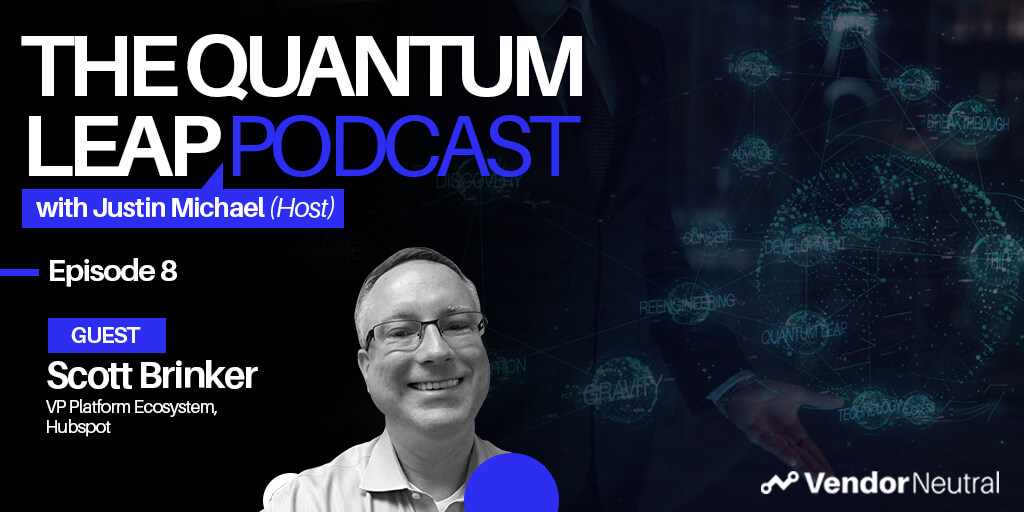 Tangible Ways to Digitally Transform Enterprise OrganizationsTangible Ways to Digitally Transform Enterprise Organizations
Tangible Ways to Digitally Transform Enterprise OrganizationsTangible Ways to Digitally Transform Enterprise Organizations -
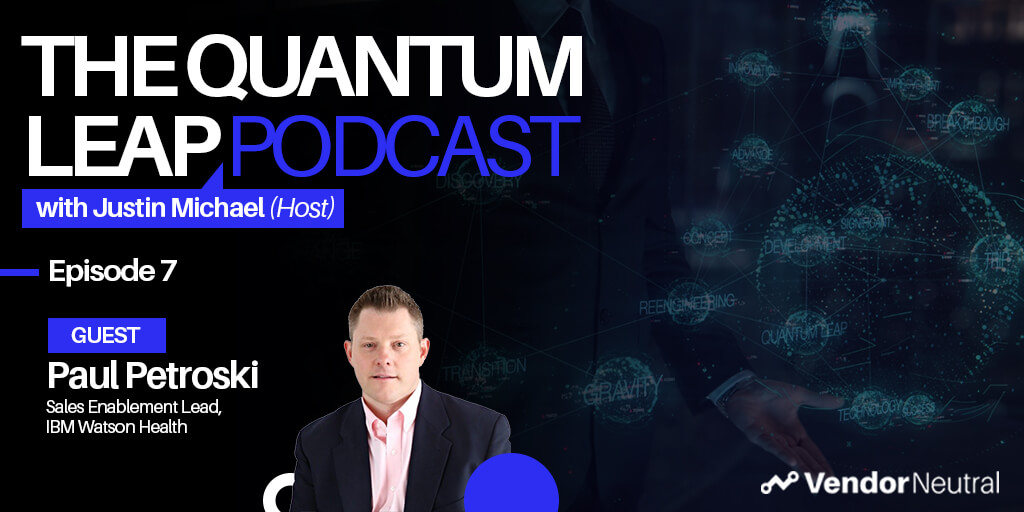 Quantum Leap Podcast Episode 7Quantum Leap Podcast Episode 7
Quantum Leap Podcast Episode 7Quantum Leap Podcast Episode 7 -
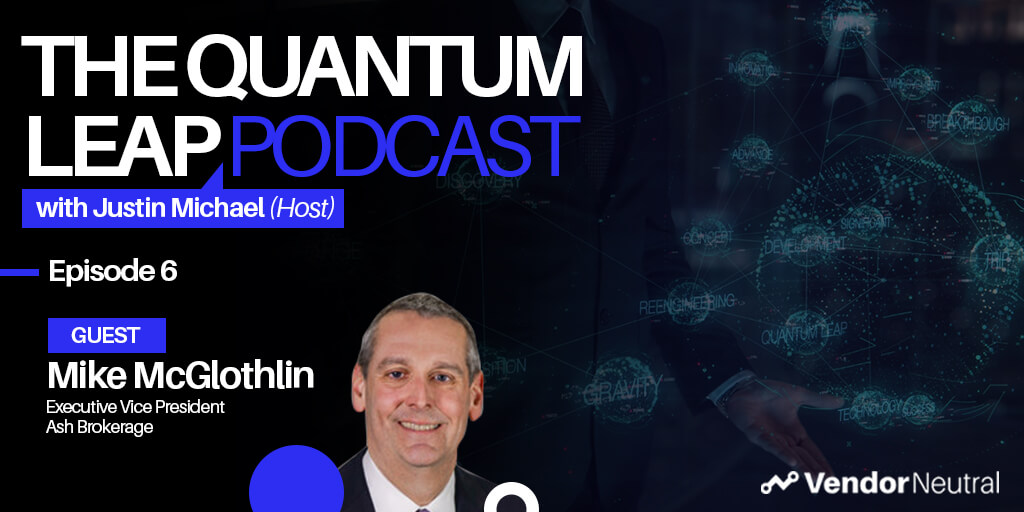 How Sales Technology is Making an Impact in the Financial SpaceHow Sales Technology is Making an Impact in the Financial Space
How Sales Technology is Making an Impact in the Financial SpaceHow Sales Technology is Making an Impact in the Financial Space -
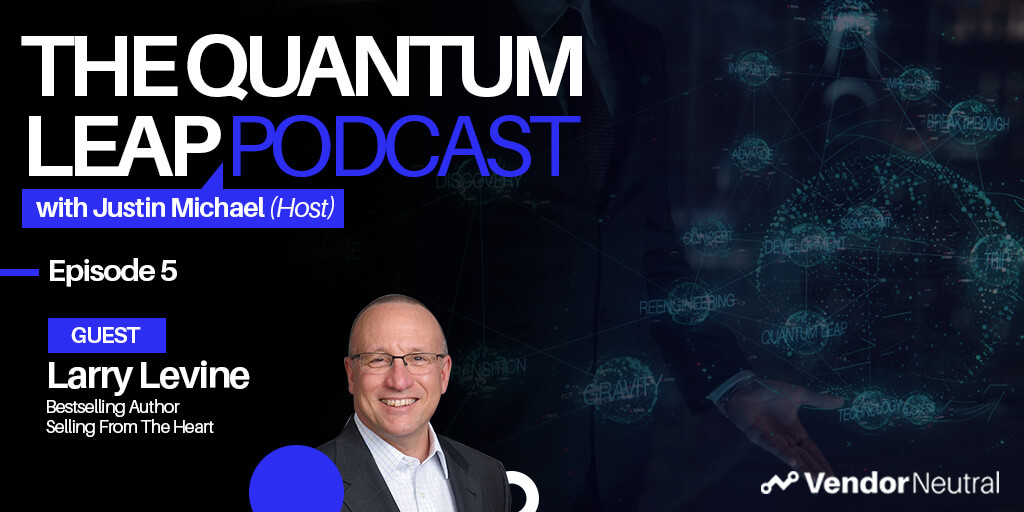 Quantum Leap Podcast Episode 5Quantum Leap Podcast Episode 5
Quantum Leap Podcast Episode 5Quantum Leap Podcast Episode 5 -
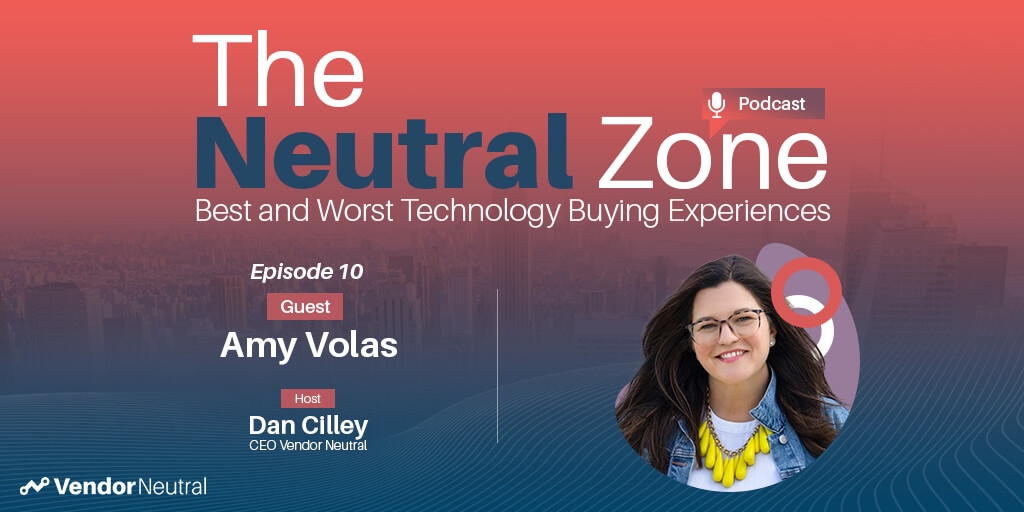 Clear View of Sales Episode 10 with Amy VolasClear View of Sales Episode 10 with Amy Volas
Clear View of Sales Episode 10 with Amy VolasClear View of Sales Episode 10 with Amy Volas -
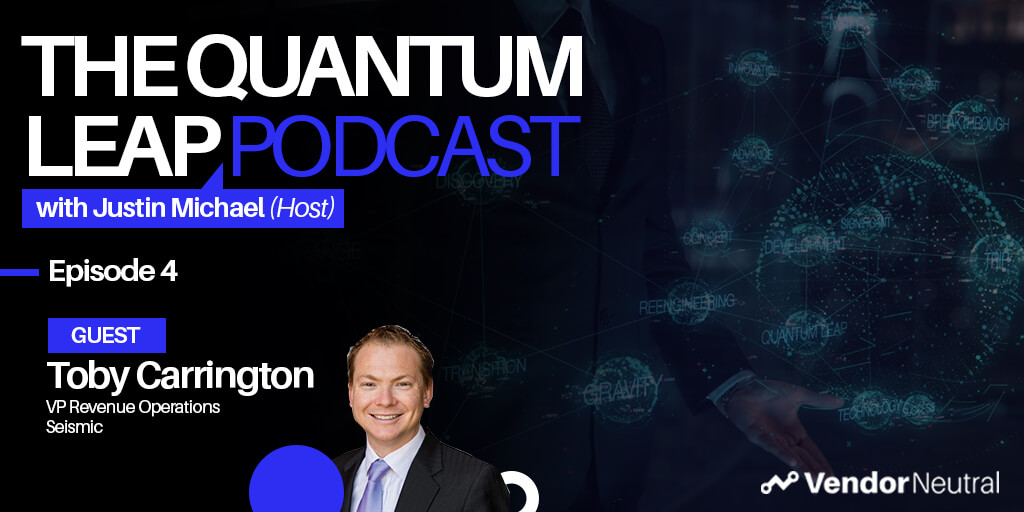 Quantum Leap Podcast Episode 4: Transforming Your Enterprise TechStack, The Future is Bright!Quantum Leap Podcast Episode 4: Transforming Your Enterprise TechStack, The Future is Bright!
Quantum Leap Podcast Episode 4: Transforming Your Enterprise TechStack, The Future is Bright!Quantum Leap Podcast Episode 4: Transforming Your Enterprise TechStack, The Future is Bright! -
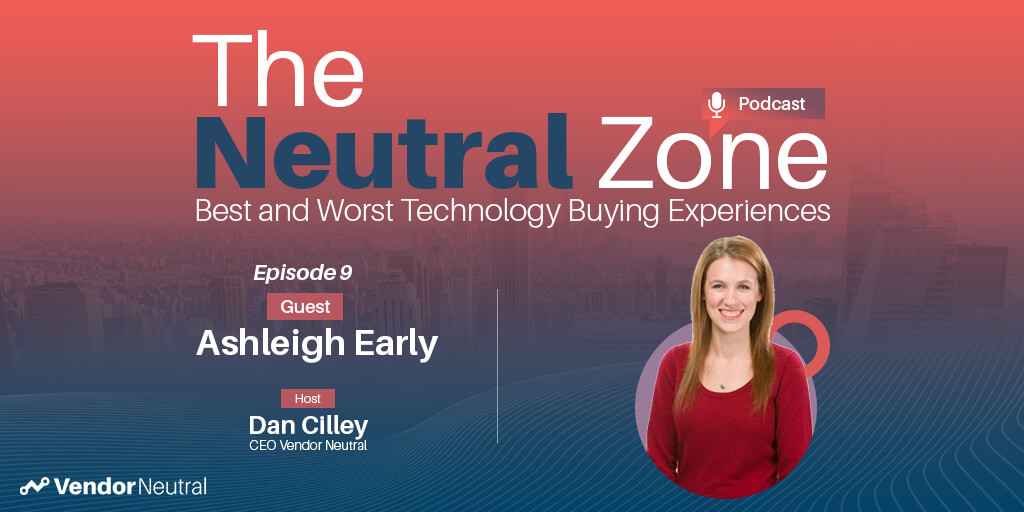 Clear View of Sales with Ashleigh Early:Clear View of Sales with Ashleigh Early:
Clear View of Sales with Ashleigh Early:Clear View of Sales with Ashleigh Early: -
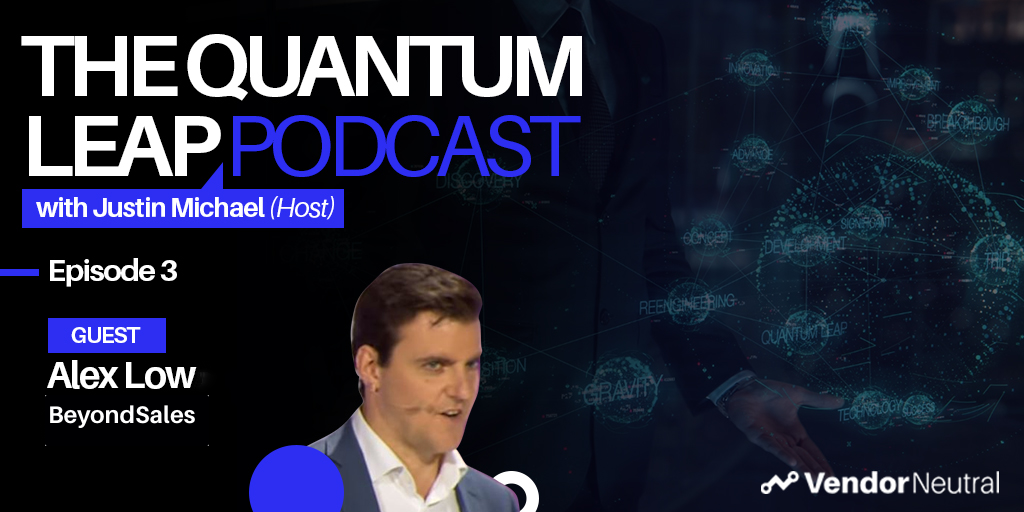 Quantum Leap Episode 3: Unlock the Mystery of Enterprise TransformationQuantum Leap Episode 3: Unlock the Mystery of Enterprise Transformation
Quantum Leap Episode 3: Unlock the Mystery of Enterprise TransformationQuantum Leap Episode 3: Unlock the Mystery of Enterprise Transformation -
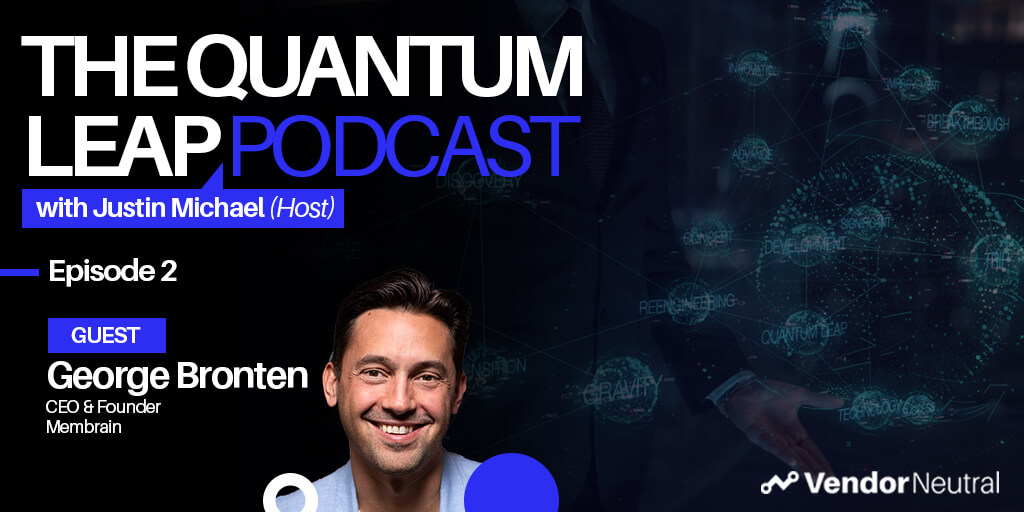 Quantum Leap Podcast Episode 2Quantum Leap Podcast Episode 2
Quantum Leap Podcast Episode 2Quantum Leap Podcast Episode 2 -
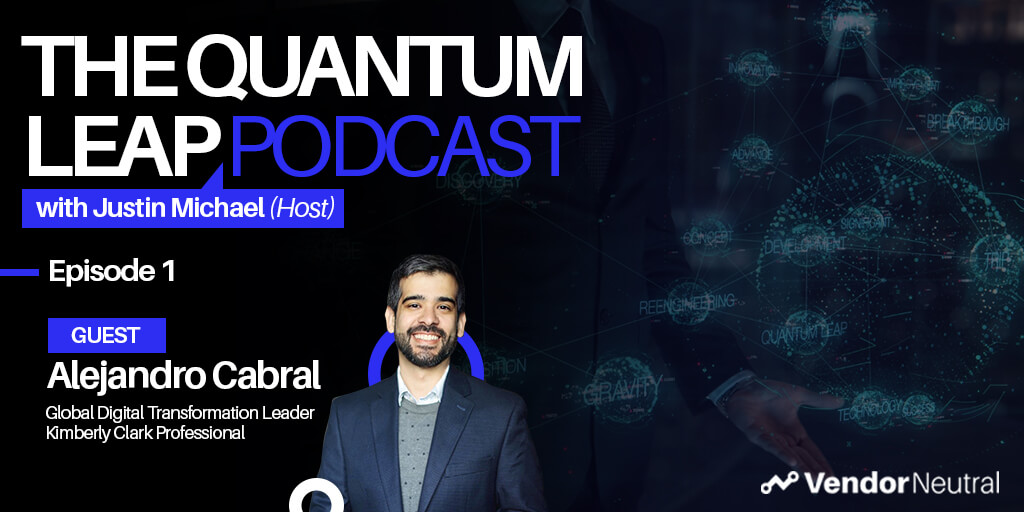 Quantum Leap Podcast Episode 1Quantum Leap Podcast Episode 1
Quantum Leap Podcast Episode 1Quantum Leap Podcast Episode 1 -
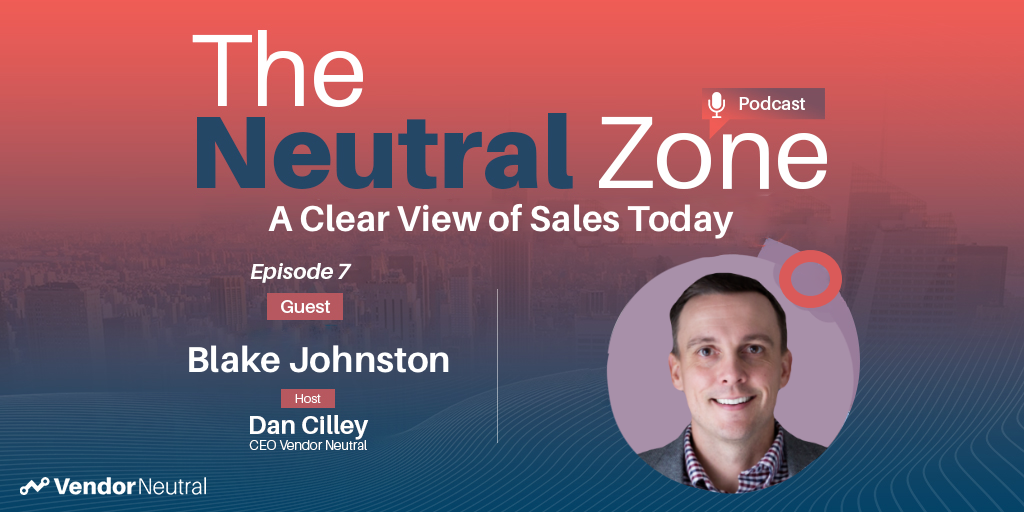 The Best & Worst B2B Technology Buying Experiences With Blake JohnstonThe Best & Worst B2B Technology Buying Experiences With Blake Johnston
The Best & Worst B2B Technology Buying Experiences With Blake JohnstonThe Best & Worst B2B Technology Buying Experiences With Blake Johnston -
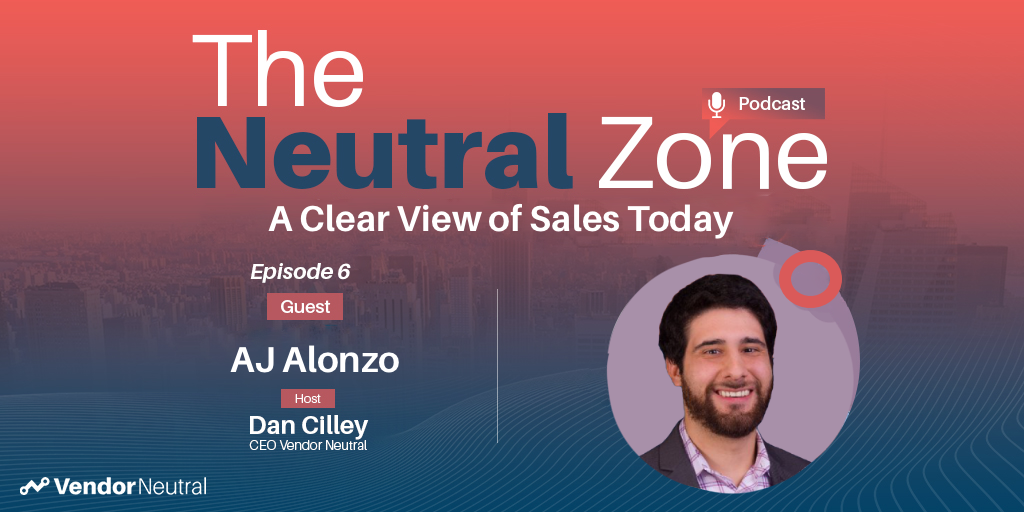 The Best & Worst B2B Technology Buying Experiences With AJ AlonzoThe Best & Worst B2B Technology Buying Experiences With AJ Alonzo
The Best & Worst B2B Technology Buying Experiences With AJ AlonzoThe Best & Worst B2B Technology Buying Experiences With AJ Alonzo -
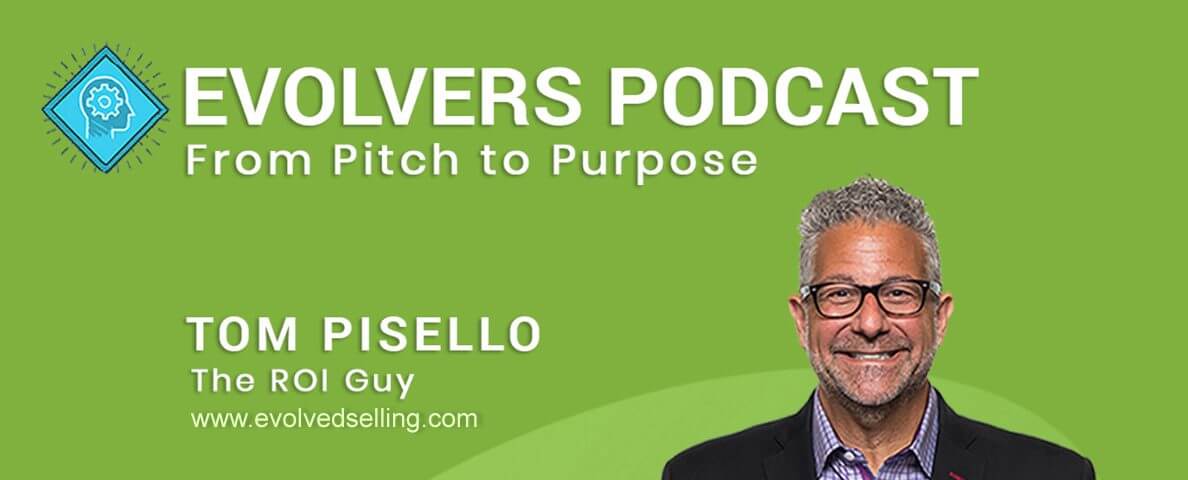 Evolvers Podcast: The Democratization of Sales Enablement? With Dan CilleyEvolvers Podcast: The Democratization of Sales Enablement? With Dan Cilley
Evolvers Podcast: The Democratization of Sales Enablement? With Dan CilleyEvolvers Podcast: The Democratization of Sales Enablement? With Dan Cilley -
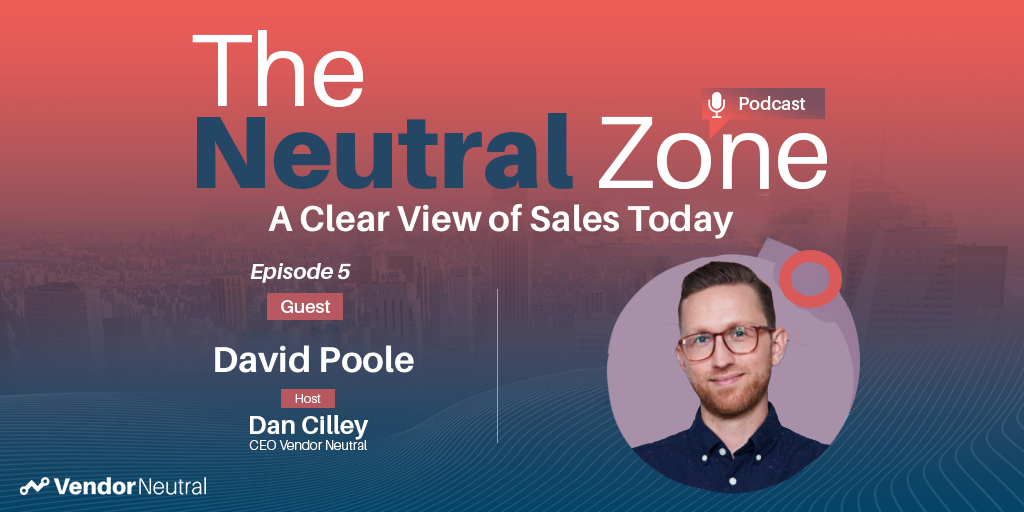 The Best & Worst B2B Technology Buying Experiences With David PooleThe Best & Worst B2B Technology Buying Experiences With David Poole
The Best & Worst B2B Technology Buying Experiences With David PooleThe Best & Worst B2B Technology Buying Experiences With David Poole -
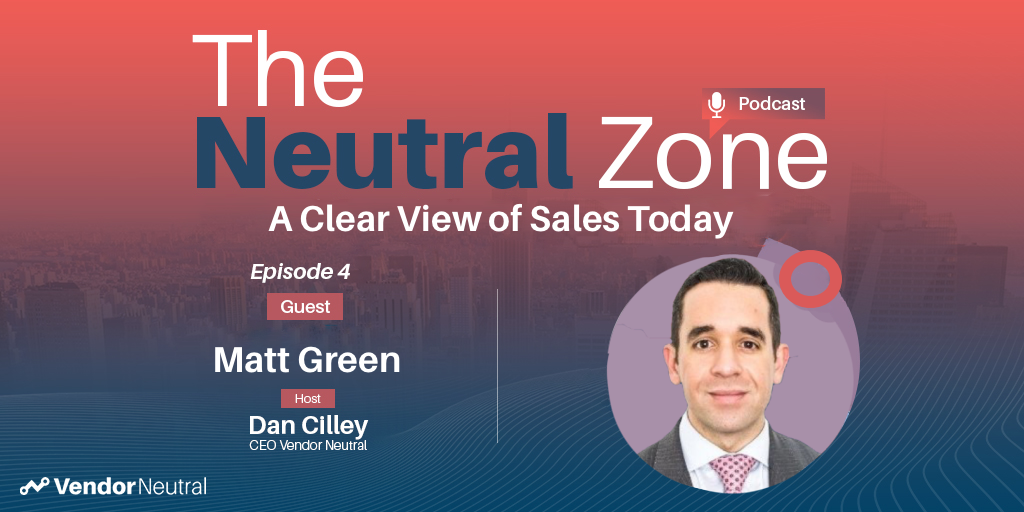 The Best & Worst B2B Technology Buying Experiences With Matt GreenThe Best & Worst B2B Technology Buying Experiences With Matt Green
The Best & Worst B2B Technology Buying Experiences With Matt GreenThe Best & Worst B2B Technology Buying Experiences With Matt Green -
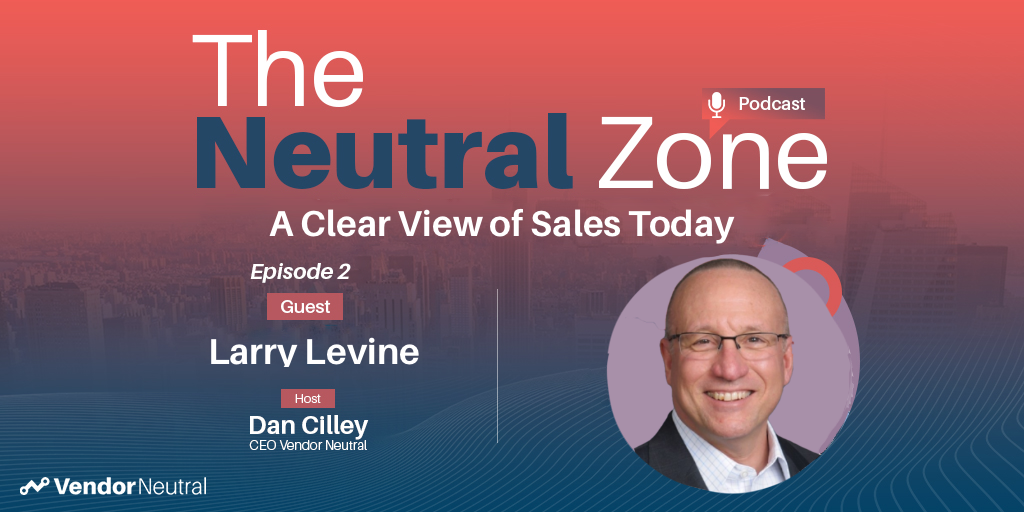 The Best & Worst B2B Technology Buying Experiences with Larry LevineThe Best & Worst B2B Technology Buying Experiences with Larry Levine
The Best & Worst B2B Technology Buying Experiences with Larry LevineThe Best & Worst B2B Technology Buying Experiences with Larry Levine -
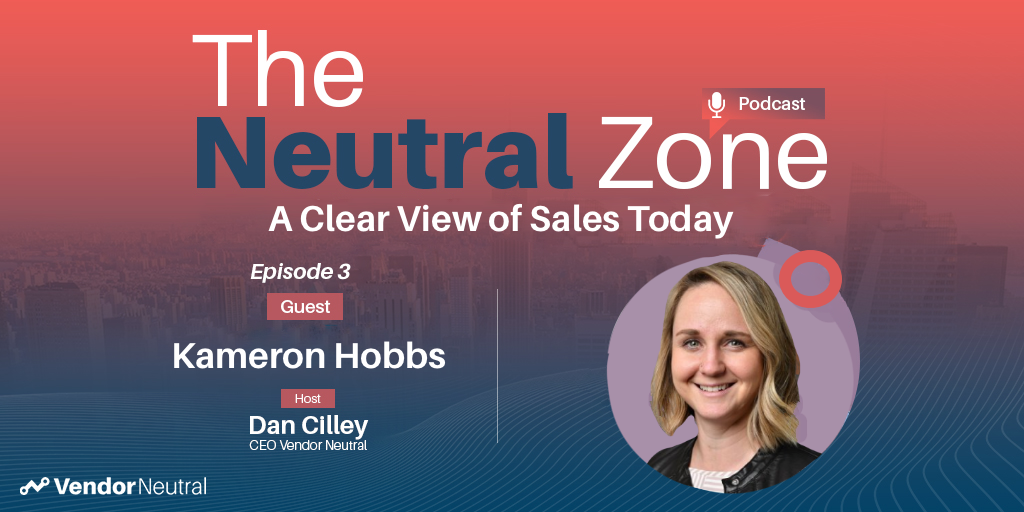 The Best & Worst B2B Technology Buying Experiences with Kameron HobbsThe Best & Worst B2B Technology Buying Experiences with Kameron HobbsVideo
The Best & Worst B2B Technology Buying Experiences with Kameron HobbsThe Best & Worst B2B Technology Buying Experiences with Kameron HobbsVideo -
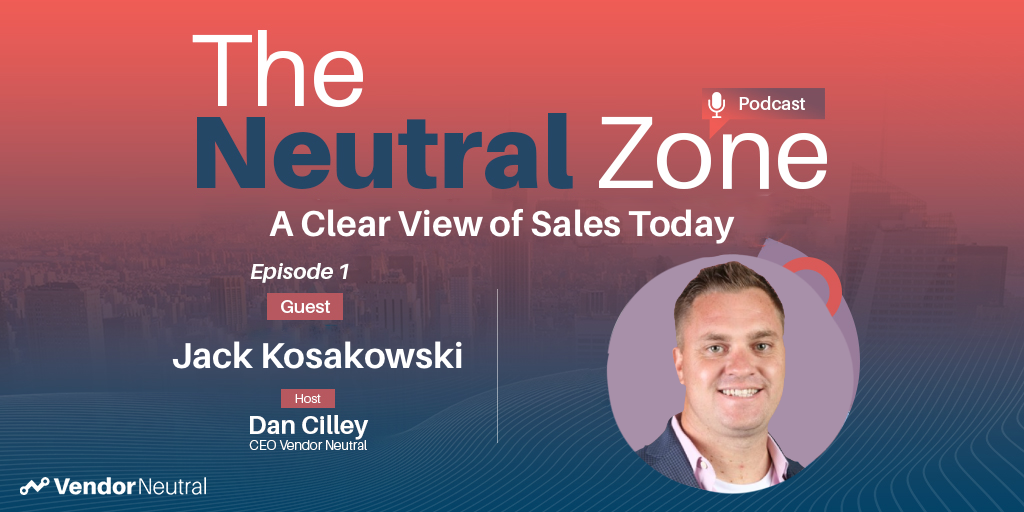 The Best & Worst B2B Technology Buying Experiences with Jack KosakowsiThe Best & Worst B2B Technology Buying Experiences with Jack KosakowsiPodcast
The Best & Worst B2B Technology Buying Experiences with Jack KosakowsiThe Best & Worst B2B Technology Buying Experiences with Jack KosakowsiPodcast
